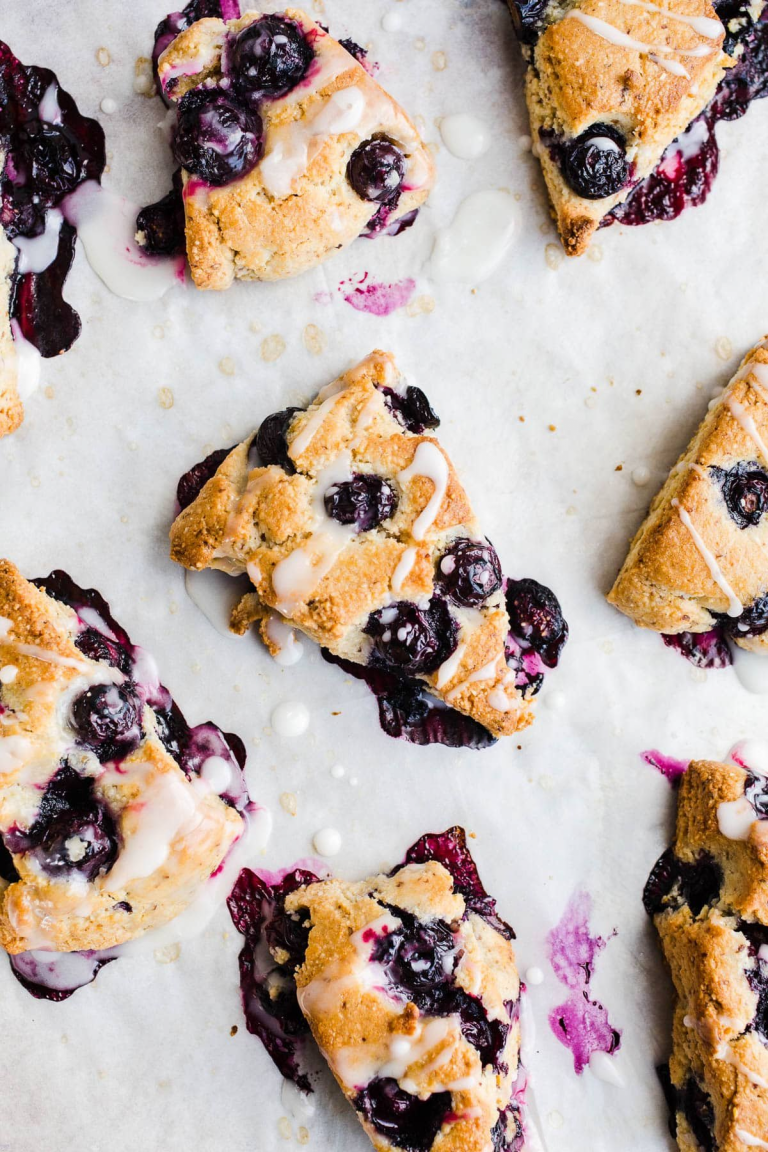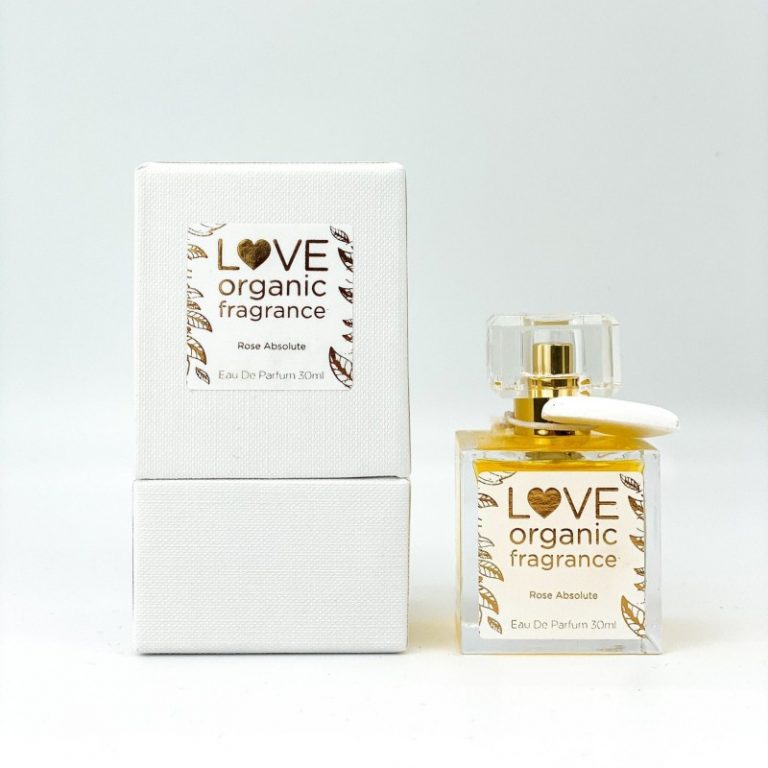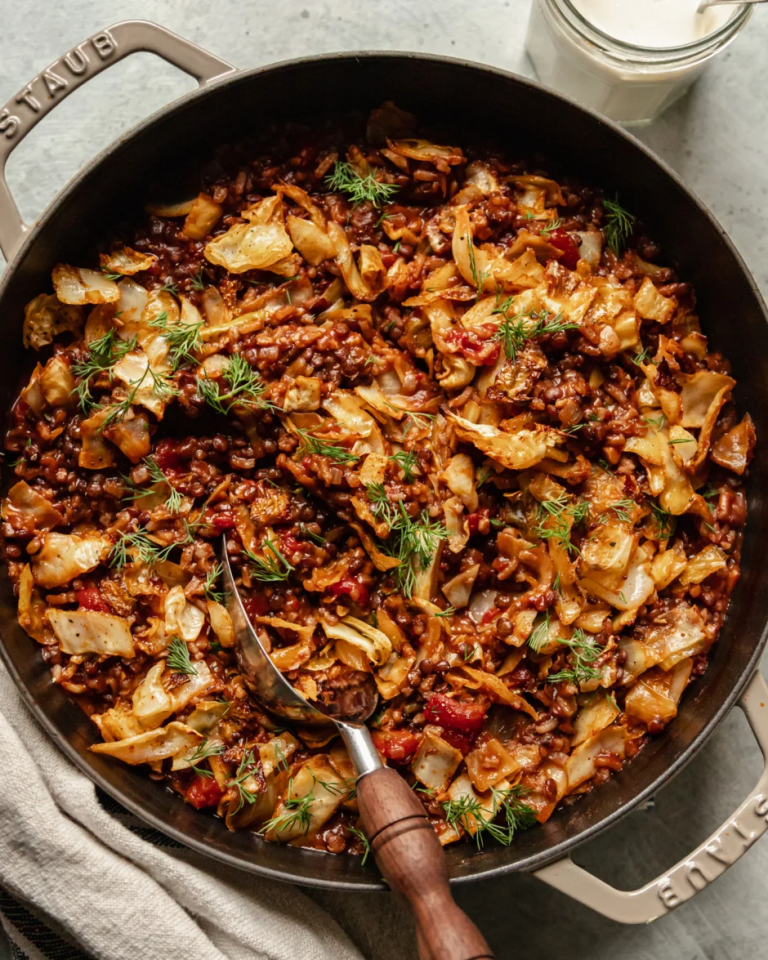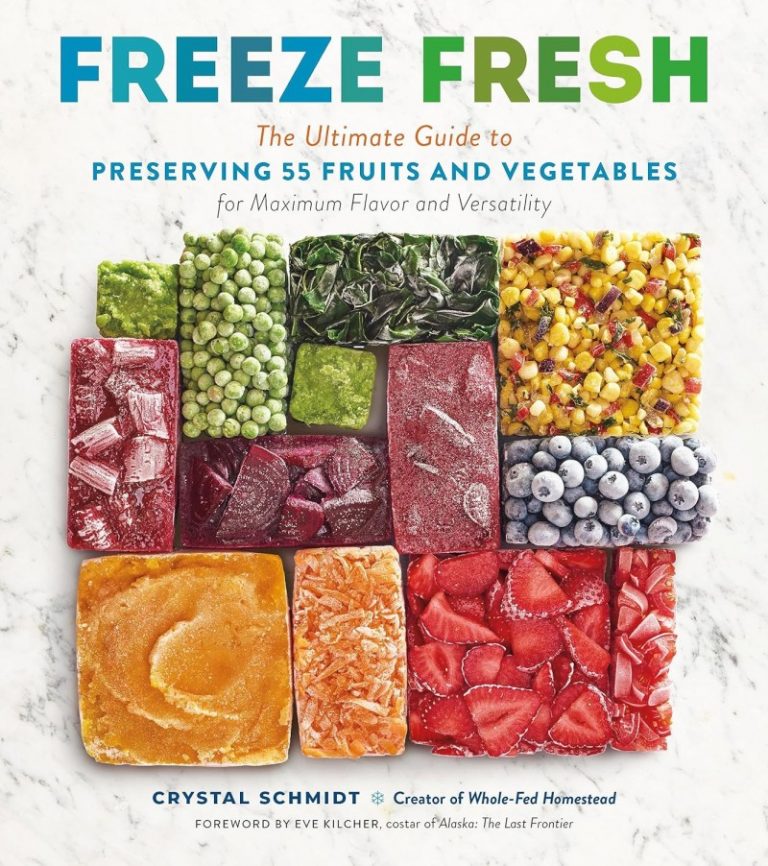
Mashed potatoes have a special place at nearly every table, loved for their soft texture and satisfying taste. While many think you need loads of butter and cream to get that perfect mash, it’s easy to make a plant-based version that’s just as rich and comforting. Vegan mashed potatoes are gaining fans everywhere, and you only need a few everyday ingredients to whip up a bowl at home.
There’s no need to miss out if you’re cutting back on dairy or want a lighter dish. Try these homemade vegan mashed potato recipes for creamy, fluffy results every time. With a few simple swaps, you’ll see how easy and tasty plant-based comfort food can be.
Read up on food safety for people and pets (many ‘human foods’ including leeks, garlic, onion, chives and salt are unsafe near animal friends). Bin allium & citrus scraps, as acid can harm worms in compost bin).
If giving pets an occasional treat, just feed plain mash potato (no butter, salt, garlic, herbs etc). Also never give mashed potato to garden birds or wildlife as it contains salt (and fat could smear on feathers, affecting waterproofing & insulation).
Simple Vegan Mashed Potato Recipes
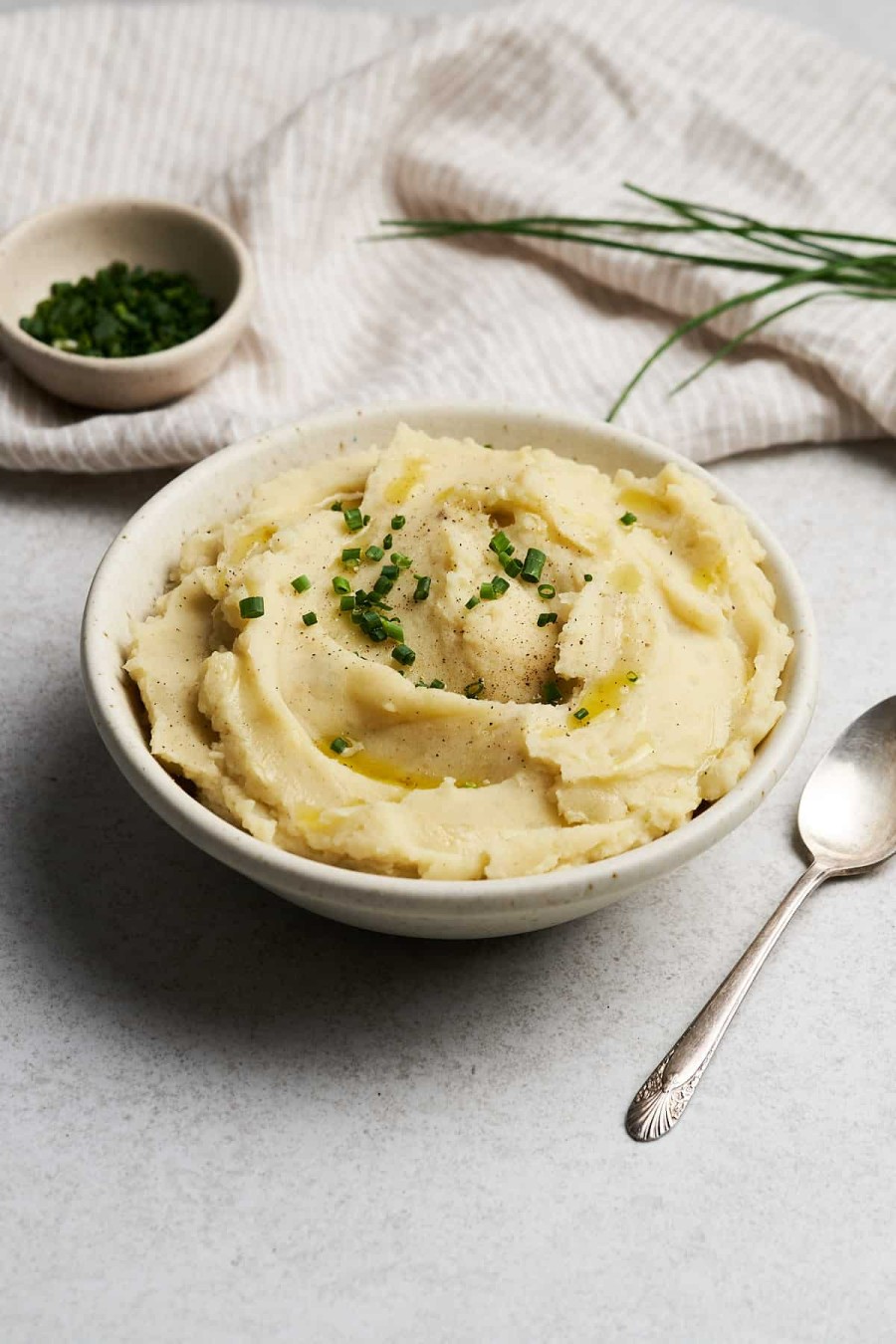
This 5-ingredient (vegan) mashed potato recipe (Broke Bank Vegan) is a simple recipe, to serve with a veggie roast. Potatoes are mixed with olive oil (or rapeseed) oil, plant milk, cheesy-tasting nutritional yeast and and salt/pepper.
If you use vegan butter, Flora is free from palm oil.

It’s worth investing in a good potato masher, as the difference (just like vegetable peelers) will inspire you to cook homemade, and you’ll never go back.
Quality brands use fine grids to mash potatoes with no lumps, and have handles to absorb pressure (good for arthritic hands). Find them in good kitchen stores.
Good Grips Potato Masher is good for people with arthritis hands, and can also be used to mash other vegetables like swede. It costs around £10, but should last you a lifetime.
Creamy Mash (with peas & carrots)
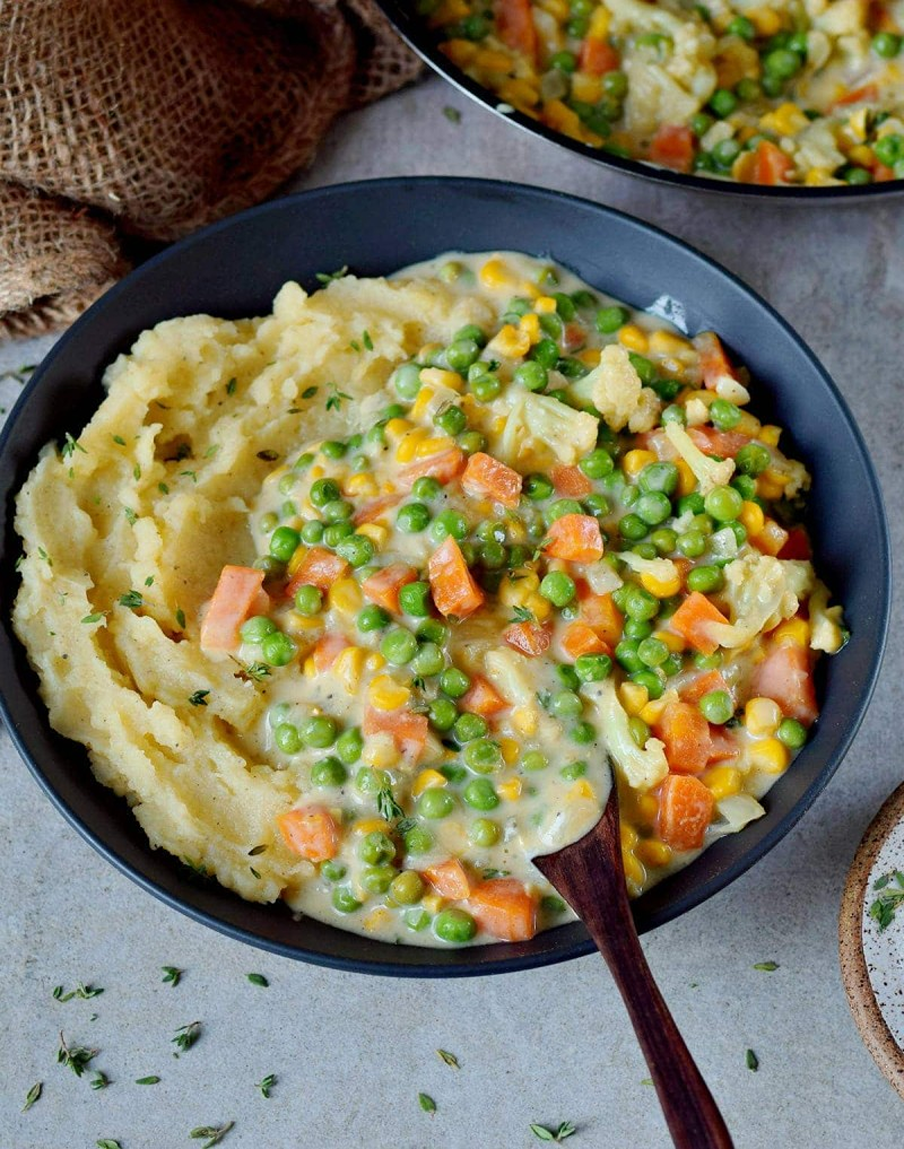
This creamy mash with peas and carrots (Ela Vegan) is made with fresh carrots, peas, sweetcorn, cauliflower, garlic and onions. The creamy sauce is made with oat cream and spiced with pepper, chilli flakes and Dijon mustard.
What About Instant Mash Potato Mix?
Many students and others choose to buy instant mash potato mix. It’s not very healthy (a mix of dehydrated potato with salt and chemicals) but it does kind of taste okay, but it’s pretty easy to make homemade mash.
In the USA, people can buy Bob’s Red Mill Potato Flakes that also make instant mash, by mixing with boiling water. But this time, they are made with just one ingredient: potatoes.
The History of Mashed Potatoes
Mashed potatoes might feel simple, but their story crosses continents and centuries. As a comfort food, they’ve filled plates from family kitchens to grand celebrations. Today, they’re easy to spot at Sunday dinners, festive tables, and vegan menus. Let’s see how this classic dish journeyed from ancient roots to plant-based favourite.
Potatoes: From Ancient Fields to Everyday Staple
Long before potatoes appeared in European kitchens, they grew high up in the Andes mountains. Ancient civilisations in South America, like the Incas, relied on them to survive tough weather and poor soil. When Spanish explorers brought potatoes back to Europe in the late 1500s, most people were sceptical at first. Some called them odd or even dangerous, but the humble spud proved itself useful for feeding large families during hard times.
Soon, potatoes made their way across the globe, earning a spot in dishes everywhere. Their mild taste and fluffy texture meant cooks everywhere could use them in all sorts of ways, mashed included.
Mashed Potatoes in World Cuisines
Nearly every culture has put its own spin on mashed potatoes. While many picture a classic British mash, there’s a long list of mashed potato recipes found around the world. Here are a few:
- Ireland: Colcannon (mash with cabbage or kale), a classic comfort dish.
- France: Pommes purée, famous for extra-smooth texture
- Netherlands: Stamppot, mash mixed with root veg and sometimes greens.
- India: Aloo bharta, spiced mashed potatoes with ginger, chillies, and fresh coriander.
How the Recipe Has Changed Over Time
The base of mashed potatoes—cooked and crushed spuds—has stayed the same for centuries. But the extras have changed a lot. Early European versions used milk, butter, and cream whenever they were available. In times of war or famine, potatoes might be mashed with just a little salt and water. Home cooks started adding garlic, spring onions, roasted veg, and even cheese to jazz things up.
More recently, with more people choosing plant-based or dairy-free diets, vegan mashed potatoes have become popular. Instead of butter and cream, cooks now reach for plant milks, olive oil, or nut butters to create rich, creamy dishes.
Why Potatoes Became a Staple
There’s a reason potatoes appear in kitchens all over the world. They’re:
- Easy to grow in many climates.
- Filling, cheap, and packed with energy.
- Able to feed large families or entire communities.
Their ability to last through winter also made them a go-to for storing food. When mashed, they turn from basic crop to home-cooked comfort, perfect for meals that bring everyone together.
Mashed Potatoes Go Vegan
Plant-based diets have made vegan mash more widespread in the last decade. It’s no longer seen as just a side dish—it’s a star on its own. Vegan mashed potatoes keep all the comfort and creaminess we love, just without the dairy. With clever swaps like oat milk, garlic-infused oil, or smooth tahini, it’s easy to whip up a bowl everyone can enjoy.
More people are discovering how simple, tasty, and satisfying vegan mashed potatoes can be. The dish now fits nearly every diet or table, proving that some classics only get better with time.
Choosing the Best Potatoes
Getting that silky smooth, pillowy texture in vegan mashed potatoes starts with picking the right spud. Every potato variety brings its own unique feel and flavour to the table. If you’ve ever wondered why your mash sometimes turns out a bit gluey or watery, the potato itself is almost always the reason.
Let’s break down which types you’ll want for the creamiest, dairy-free mash, what to skip, and how to pick the tastiest potatoes at the shop.
Potato Types: Which Work Best?
There are three main types of potatoes: floury, waxy, and all-purpose. Each has a different amount of starch and moisture inside, which changes how well they mash.
Floury potatoes are high in starch and low in moisture. These break down easily, giving you that classic, fluffy mash. Waxy potatoes hold their shape and offer a firmer, sometimes chunkier result. All-purpose potatoes balance both worlds.
Let’s compare the most popular choices:
- Yukon Gold are good for creamy buttery mash
- Maris Piper again go creamy when cooked
- Russet give extra fluffy spuds, good for high-volume recipes
- Red potatoes are heavier, chunky and slightly sweet
The first two are best for mash, due to high starch and natural creaminess, perfect when made with plant milk and olive oil. Russets are also good, but can turn gluey if over-mashed.
Texture and Flavour: What Sets Them Apart
High-starch potatoes, like Yukon Gold and Maris Piper, fall apart easily when cooked. This helps them blend with plant-based butters or milks for a creamy finish. Their texture feels almost self-saucing, saving you from adding extra oil.
Lower-starch, waxy potatoes (like Red or Charlotte varieties) stay firmer. These suit chunky or rustic-style mash, but they won’t reach the creamy heights most people want in comfort food mash.
King Edward sits in between, giving you a silky feel and a subtle, pleasant taste. They’re good for those who want something a little special but easy to work with.
Potatoes to Avoid for Creamy Mash
Some potato types are better left for salads, roasting, or chips. Waxy potatoes, with their low starch content, will not break down enough, so your mash will end up sticky or even lumpy. Examples include:
- Charlotte
- New potatoes
- Jersey Royals
These are delicious, but not what you want for creamy vegan mash.
Picking Potatoes at the Shop
Picking fresh potatoes is just as important as choosing the right type. Look for:
- Smooth skins with few blemishes or sprouts.
- Firm feel when you pick them up. Soft, shriveled, or wrinkled potatoes are past their best.
- No green patches. These mean the potato has been exposed to light and could taste bitter.
You’ll spot Maris Piper and King Edward in most supermarkets. Yukon Gold is more common in North America, but it can sometimes be found at specialty stores or greengrocers. If in doubt, Maris Piper is a solid all-rounder for British kitchens.
How Much Potato to Use Per Person
Portion size matters, whether you’re making a cosy dinner or planning for a big group. As a general guide:
- For a side dish, plan on 200-250g of raw potato per person.
- For big appetites or when mash is the focus of the meal, go up to 300g per person.
Peeling, cutting, and weighing your potatoes before cooking helps you avoid any surprises at serving time.
Essential Dairy-Free Bases
The creamy texture of classic mashed potatoes usually comes from milk, butter, or cream. Vegan versions swap these for plant-friendly options that do the job just as well.
- Non-dairy milk: Choose from oat, soy, almond, or cashew milk. Oat and cashew give the smoothest finish with hardly any aftertaste. Go for unsweetened varieties to avoid odd flavours.
- Plant-based butter or oil: Vegan butters whip in air and bring richness, while oils like extra virgin olive oil give a silky feel and mild taste.
A good rule of thumb is to start with less liquid than you think you’ll need, adding splashes until the mash reaches your favourite texture.
Flavour-Boosting Additions
Plant-based doesn’t mean plain. These easy add-ins help transform your mash from the everyday to the unforgettable.
- Garlic: Stir in fresh minced garlic or roast whole cloves for a sweeter hit. Garlic warms the whole dish and cuts through any heaviness.
- Salt and black pepper: The simplest way to brighten up flavours. Sprinkle, taste, and repeat until you’re happy.
- Nutritional yeast: This flaky, cheesy-tasting staple is a vegan secret weapon. It gives mashed potatoes a savoury, umami-rich finish, perfect if you like a “cheesy” flavour without dairy.
- Herbs: Chives, parsley, or spring onions add fresh green bursts. Fold them in at the end for best flavour.
You don’t need fancy spices. Sometimes, just a pinch of salt and a splash of oat milk does the trick.
Popular Optional Add-Ins
Looking to impress or change up routine mash? Try these optional extras for a twist that still keeps things simple and affordable.
- Roasted garlic: Mellow and caramel-sweet, roasted garlic creates depth without overpowering the potatoes.
- Dijon mustard: Just a dab can lift and brighten the mix, adding tang.
- Lemon zest or juice: Citrus wakes up dull potatoes and balances richer flavours.
- Plant-based cream cheese or yoghurt: For extra tang and thick creaminess, mix in vegan cream cheese or a spoonful of unsweetened yoghurt.
Seasonings for Perfect Flavour
Some flavour matches are tried and true. Here are a few favourites to help bring out the best in your mash:
- Smoked paprika: For a mild, earthy warmth.
- Ground white pepper: Subtle heat, preferred by many over black pepper for a smoother bite.
- Sage, rosemary, or thyme: These herbs are perfect in autumn and winter, giving a Sunday roast feel.
Add a pinch and stir. Taste as you go, since plant-based butter and milks can have different salt levels.
Tips for Fluffy and Rich Vegan Mash
Creamy vegan mash is easy if you stick to a few handy tricks:
- Warm your milk and butter: Mixing cold milk into hot potatoes cools the whole bowl and can make the potatoes gluey. Warm liquids blend in smoothly, soaking right in.
- Use a potato masher, not a blender: Over-mixing potatoes makes them sticky, never fluffy.
- Don’t drown the potatoes: Too much liquid will turn mash into soup. Start slow, and add more only if you need it.
- Rest your mash: Letting it sit for a minute or two lets everything settle and absorb, making each spoonful smoother.
Conclusion
Homemade vegan mashed potatoes are proof that comfort food can be simple, affordable, and full of flavour. By choosing the right potatoes and a few easy plant-based ingredients, anyone can enjoy a creamy side or main that suits every table. The recipes and tips above show how each bowl of mash can be as classic or creative as you like.
Vegan cooking does not have to be complicated. It can taste rich and familiar, with just a handful of pantry staples. Feel free to add your favourite herbs or spices, and make the mash your own. If you have a tip or twist you love, share it in the comments to inspire others.


